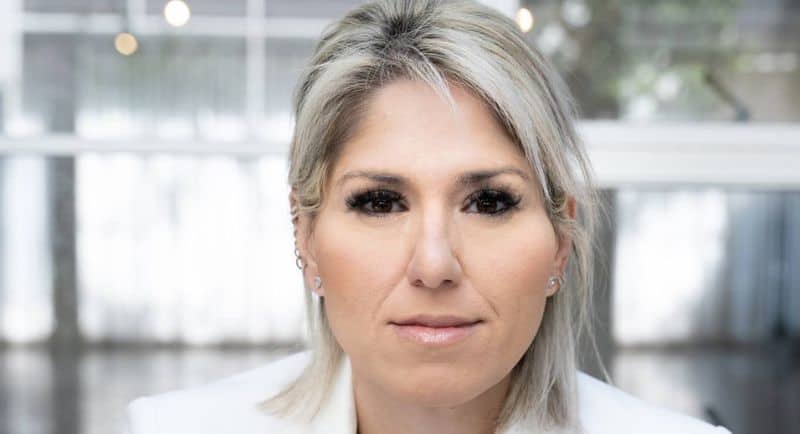By Diane Markovski, founder of Lit Agency
Essentially, we have waved goodbye to traditional marketing (as to what we knew when we first stepped into the industry) with brands now itching their way onto social media feeds via influencers.
We have had sponsorships, testimonials, and product placements for a long time. In the past, these tools were controlled by the marketers, and they were the ones who decided what was said and how. The medium was somewhat limited in terms of access to the customer, giving a lot of power to brands.
What social media has done is idealistically shifted power from the brand to the customer. Marketers can’t control the brand message as they once did with the shift to customers who have the power to inform the perception of the people in their network about a given brand. Birth of the influencer…
One major difference between influencer marketing today is the authenticity and familiarity that can be conveyed to customers. As opposed to watching a commercial with a celebrity in an idealistic location, now potential customers can follow the influencer on Instagram and see the product in that person’s everyday life.
However, what we are seeing is that it is no longer enough to simply pay an influencer to sponsor your product or service. Social media users today know they will be sold to on social media, oftentimes with the help of influencers, but they expect creativity and a genuine connection from your brand in the process. The trouble for brands is now how they can remain authentic and credible while leveraging influencers in an increasingly aware consumer.
2023 saw new changes taking place to protect consumers from misleading information from social media platforms affecting influencers and brands alike, with new penalties in place for not correctly tagging and using the right disclaimers – gone are the days of that grey social media space. The ACCC and governing bodies now placing legal liabilities and ramifications to businesses as well as influencers and UGC creators.
Brands and businesses are now legally liable for:
• All business’s posts on its own social media accounts
• All advertising on other social media platforms
• Any social media posts that a business pays for
• All social media posts that a business offers incentives to influencers to make – paid or unpaid. Full disclosure needs to be given so consumers are aware of the business relationship between brands and influencers.
As a brand in 2024 it will be important to understand the influencer landscape, where it’s headed and questions your brand should consider as it begins or scales its influencer strategy. I urge brands to equip themselves with enough knowledge about the influencer market regarding rates, use of content and vetting the correct influencer to represent their brand.
To succeed in today’s market, businesses need to successfully find those influencers that align with their brand’s values and goals, create a strategy of budget allocation and decode the metrics that matter to your brand.
See also: Diane Markovski discusses Lit Agency’s growth in Australia and expansion into the US
–
Top image: Diane Markovski

